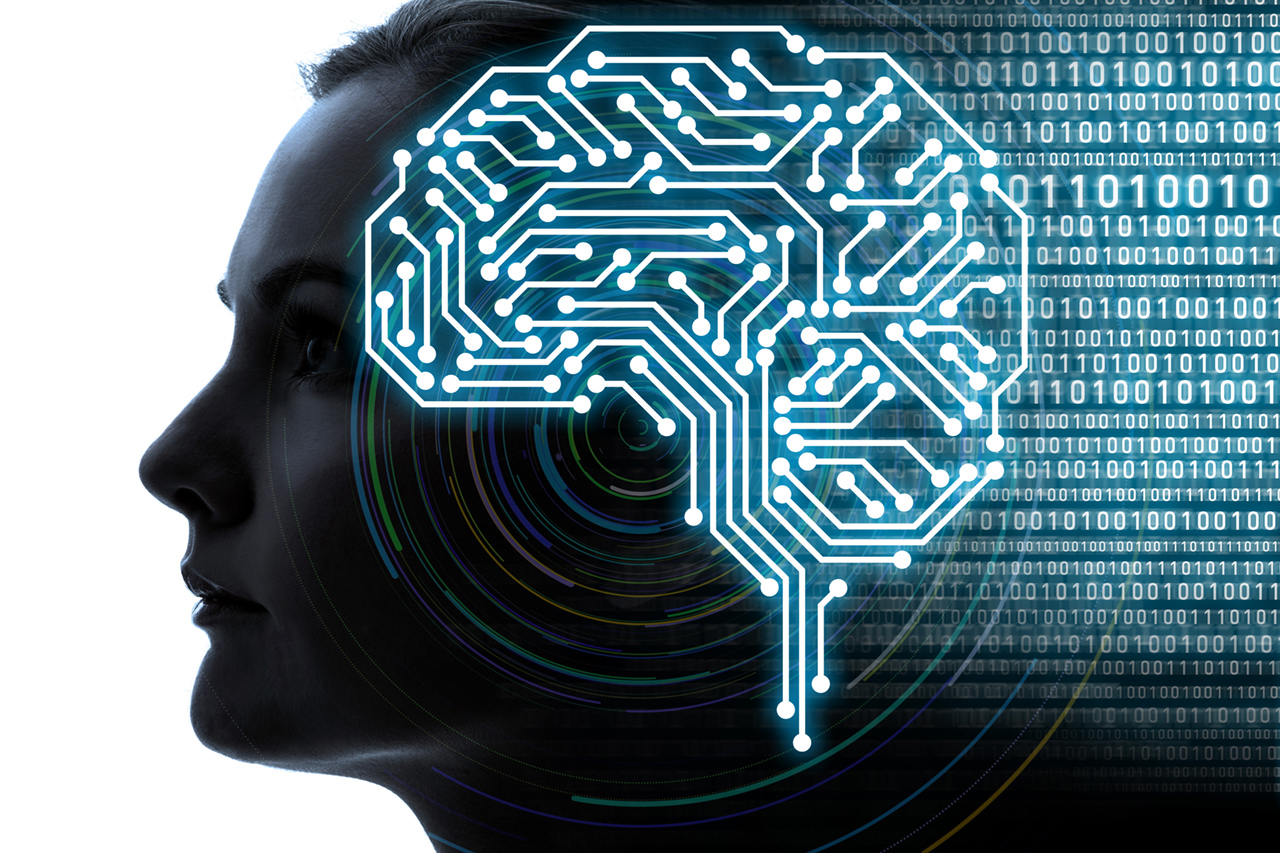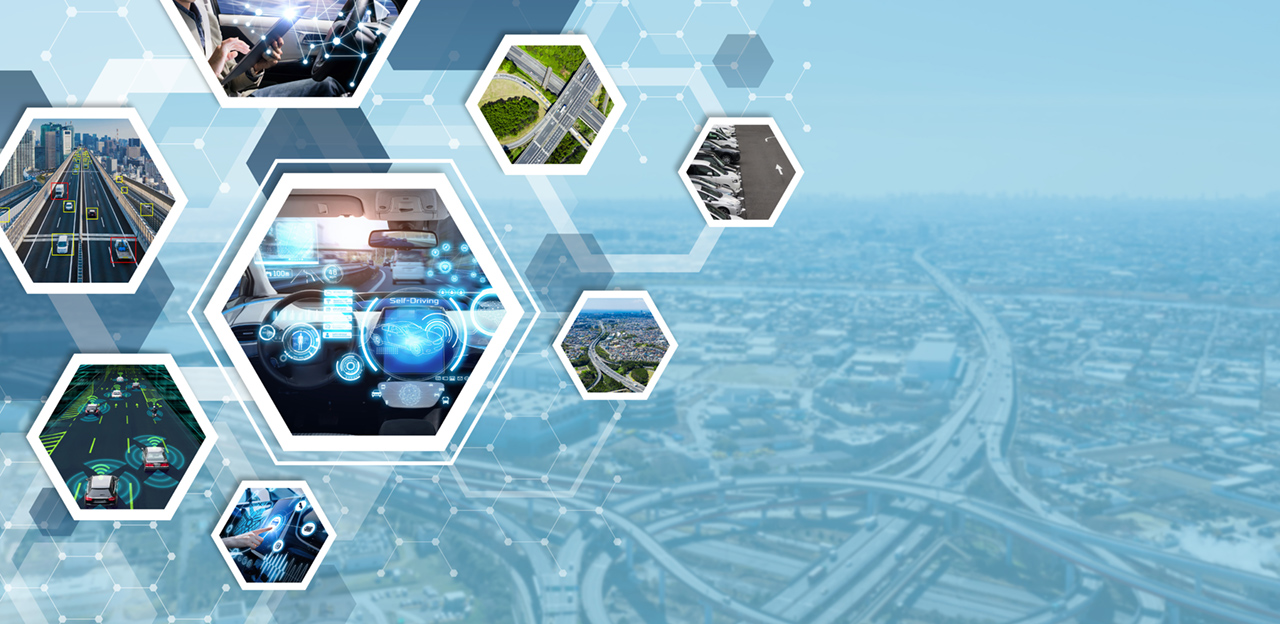Research Theme
Research Theme (1) Humain DTC (Digital Twin Computing) Technology
In this research theme, NTT is conducting R&D aimed at realizing human DTC (human digital twin computing), which will create unprecedented value by digitizing information including inner aspects of people such as their personality and thoughts. Human DTC is intended not only for the digital expression of the outer aspects of humans, but their inner aspects as well. The behavior of digital twins is defined by models that reproduce the individuality and characteristics of humans (for example, a personality/thoughts model of behavioral tendencies, personality, and values, or an ability model of perception knowledge, language ability, physical ability, etc.). By making models react to approaches by other people in cyberspace as if the model was the real person, and making them act autonomously in a virtual society, it is possible to approach other people just like the real person would. By realizing this human DTC, it is possible for the digital twin to do various tasks that go beyond physical constraints, in place of the real person. For example, human DTC can shorten the time it takes for a large number of people to form a consensus, or realize communication that conveys sophisticated information in cyberspace, such as emotion and nuance. Furthermore, by realizing interactions based on social aspects and diversity, it is possible to carry out precise analysis that accounts for the individuality of humans to predict the future.

Research Theme (2) Axispot®
It is expected that new services will be created by centrally managing information of humans and dynamic things (cars, drones, etc.) on the cloud, aimed at achieving the evolution of future IoT devices that can collect various information about humans, things, and the natural environment in the real world. Data management of large numbers of dynamic objects has become essential to several services. One example is a service for connected cars that notifies users of the situation at intersections they will pass through 1 minute later based on data collected from a large number of vehicles. Another example is a next-generation augmented reality service that recommends spots to visit that are not crowded, based on information collected from wearable devices worn by people. In order to make these services possible, we are working on high-speed spatiotemporal data management technology "Axispot®", which accumulates information sent all at once by a large number of dynamic objects, then searches and analyses real-time dynamic objects in specific areas at specific times from the accumulated dynamic objects.

Research Theme (3) Large-Scale Real time simulation
The Digital Twin Computing (DTC) Research Center is working on large-scale real-time simulation technology. By using this technology to conduct simulations with digital twins that compose digitized urban spaces, we aim to make it possible to do real-time optimal control of urban activity including people flow, traffic flow, logistics, and energy, as well as enable effective planning and decision making in the medium to long term for cities and governments. Large-scale real-time simulations conducted at the DTC Research Center are distinguished by the fact that they are "wide area" and "high precision". In order to conduct wide-area simulations, we aim to conduct high-speed simulations by efficiently processing data with multiple computers. We are thinking about how to improve the precision of simulations by including elements in simulations that have not been considered yet, such as the movement of each inhabitant and each car in a city.
